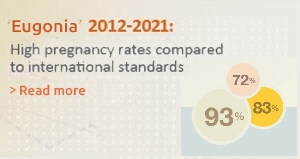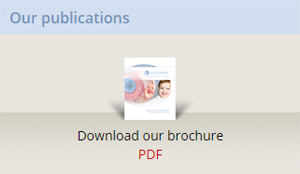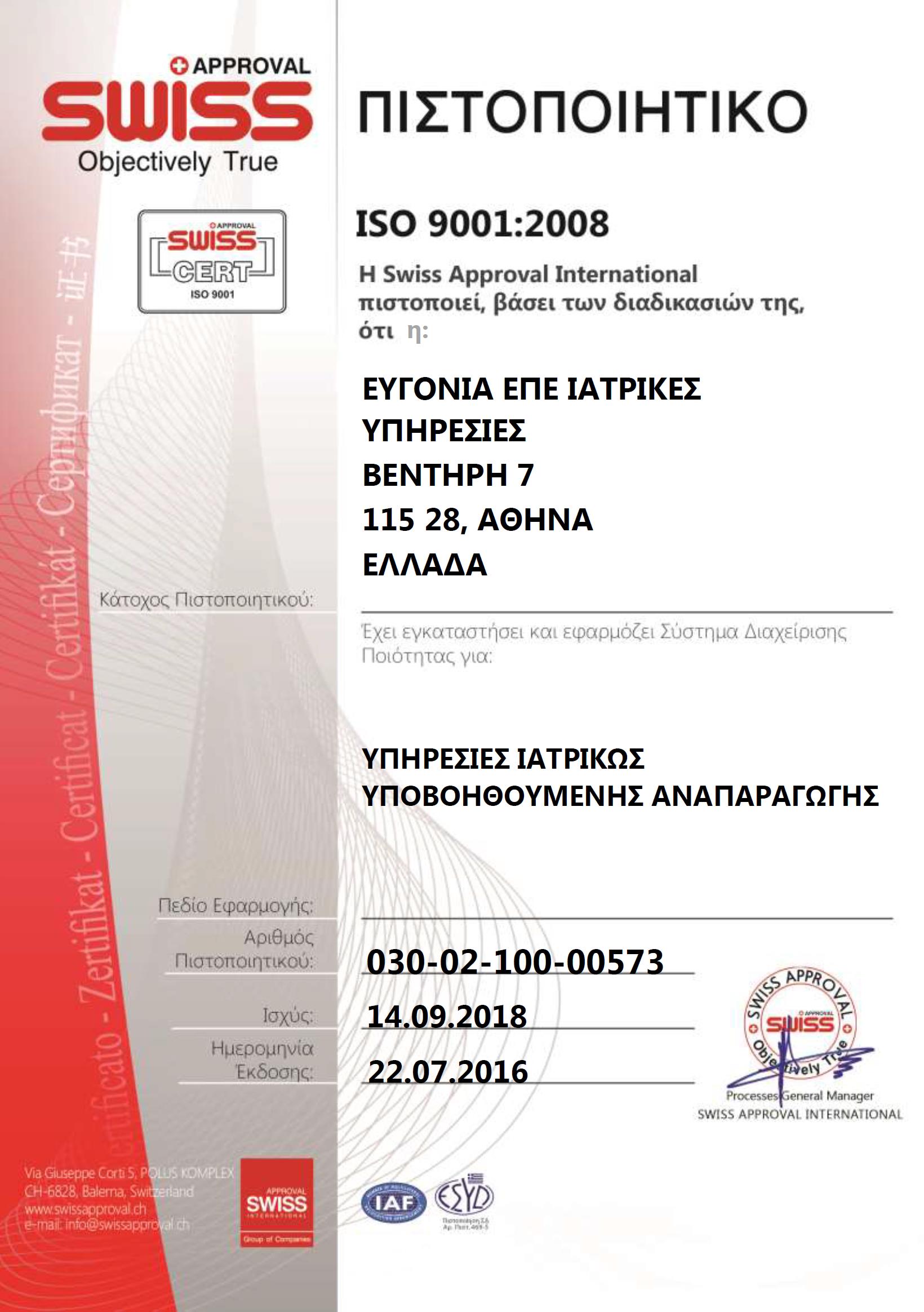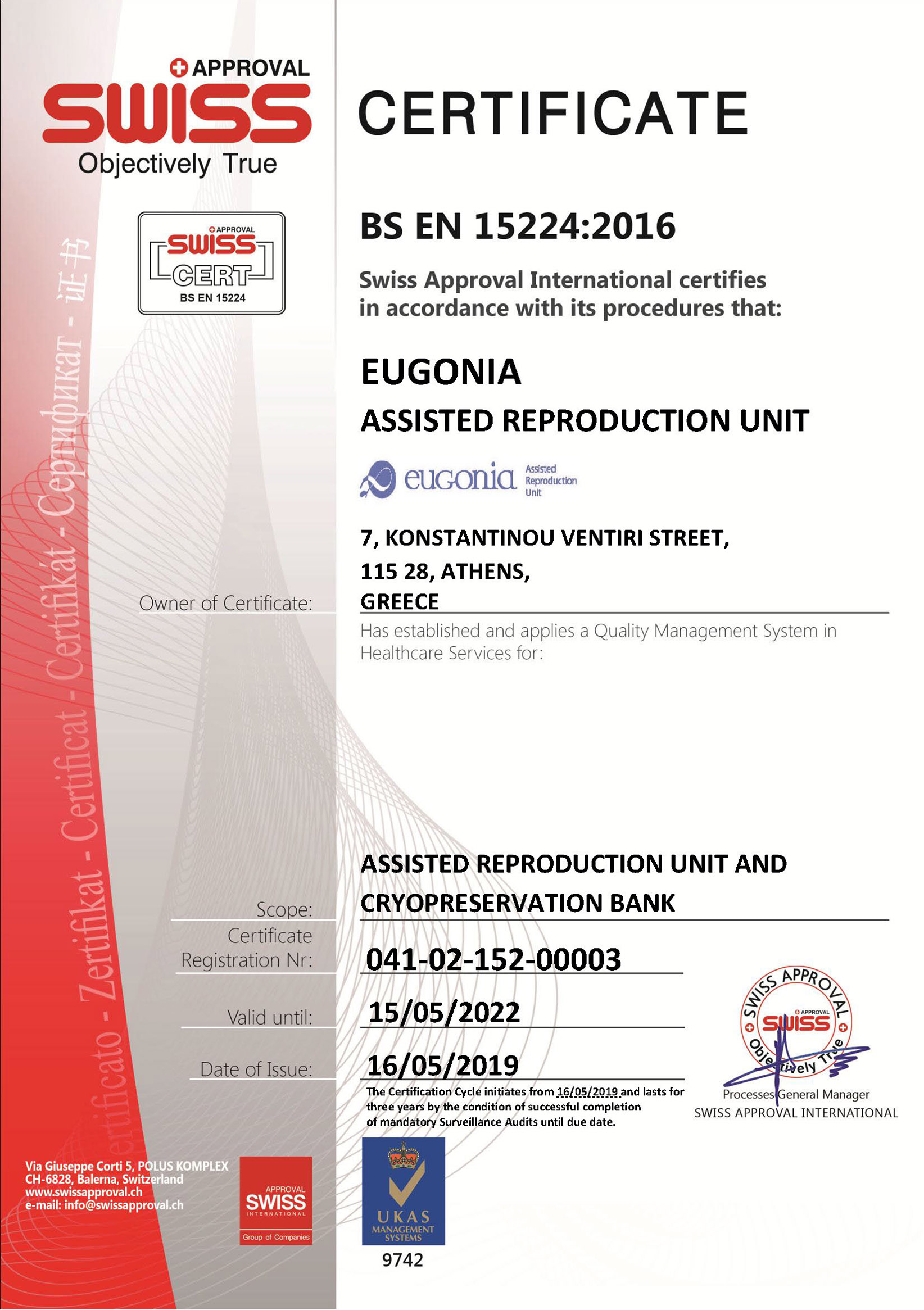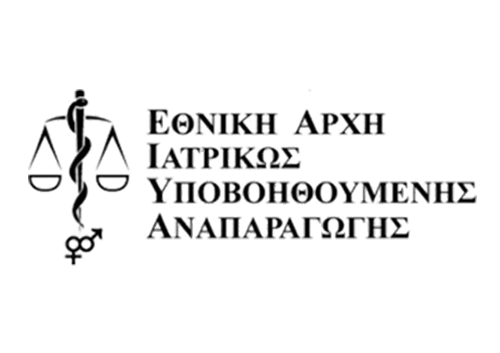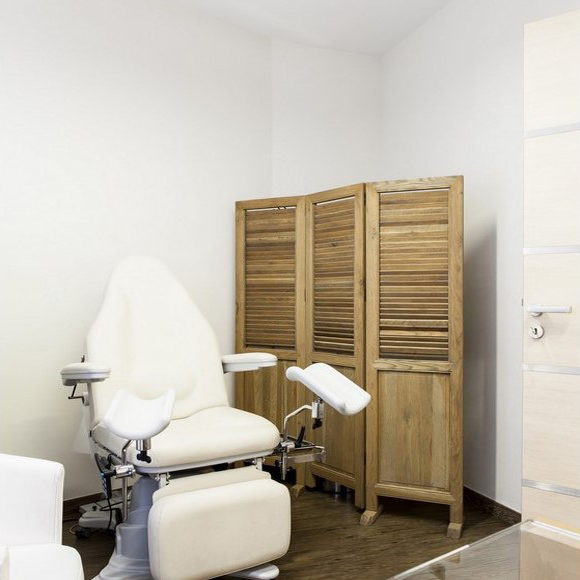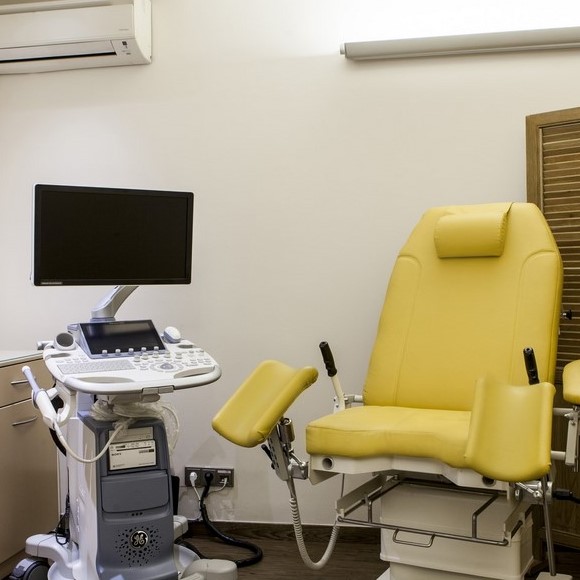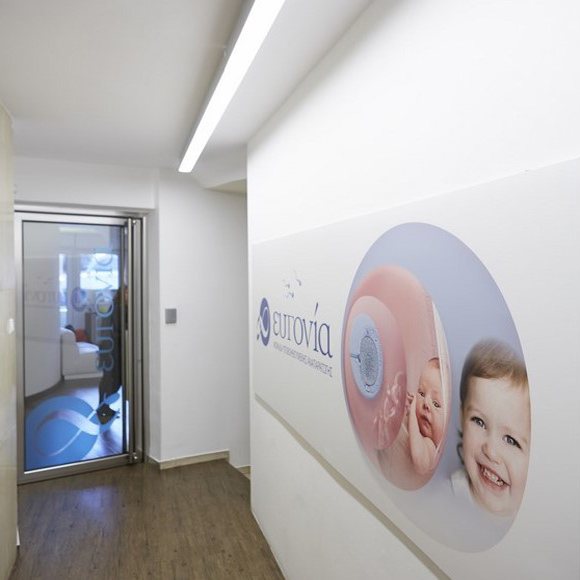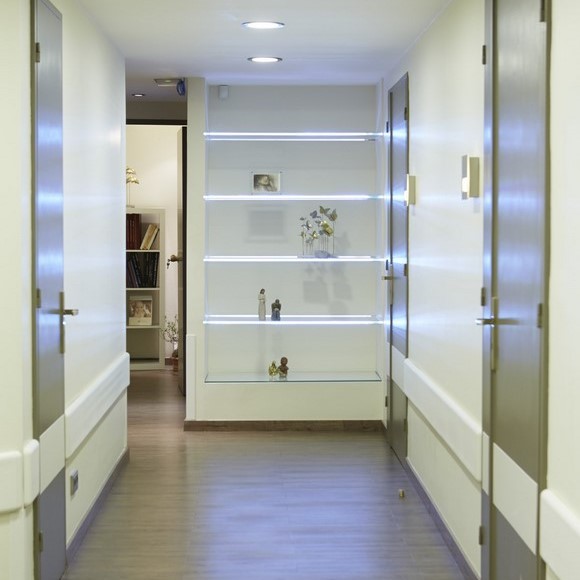What is it and how does it develop
Endometriosis is a condition that is characterized by the development and function of ectopic endometrial tissue in an ectopic (outside of the uterine cavity) location. It is well known that the endometrial cavity is the normal location for the development and function of endometrial tissue. Endometrium is the tissue (mucosa) that covers internally the uterine cavity and is shed with blood during menstruation (menstrual bleeding).
Where is it located
Endometriosis is mainly located in the pelvis and more commonly in the ovaries, the parietal peritoneum and the retroperitoneal space (i.e. in the rectovaginal septum, the ureters and the urinary bladder), or more rarely in the serous coat of the intestine (sigmoid or iliac) and in the vermiform appendix.
Exceptionally rare endometriosis sites of origin have been located in the navel (umbilicus), in laparotomy or perineotomy scar tissue and in distal parts outside the peritoneal cavity such as in the thorax, the pericardial cavity, the kidneys, the pancreas, the skin and elsewhere.
From a point of localization in the pelvis, endometriosis can be classified as:
How is it diagnosed
Serious suspicions for its diagnosis arise by symptomatology (dysmenorrhoea, dyspareunia), bimanual gynaecological examination (with hard uterosacral ligaments, painful hard nodules in the Pouch of Douglas) and subfertility. In cases of ovarian endometrial cysts, transvaginal ultrasound, magnetic resonance imaging (MRI) scanning, computerized axial tomography (CAT) scanning, can usually aid in the diagnosis pre-operatively with great accuracy. The final diagnosis for endometriosis is made with laparoscopy, which is the treatment of choice: with laparoscopy, apart from confirming the condition it is possible to define exactly the extent and the stage of the disease.
Endometriosis and laser laparoscopy
In endometriosis, the endometrium (i.e. the tissue that lines the inner cavity of the uterus and is discharged with period blood) develops and functions outside the uterus (i.e. in an ectopic location). Endometriosis is the second most frequent gynecological conditions after fibroids.
It is related to infertility, pelvic pain, chocolate ovarian cysts, adhesions, dysmenorrheal (period pains) and dyspareunia (pain during intercourse). Depending on the site it is located in the pelvis, endometriosis is classified as peritoneal, ovarian (endometrioma-chocolate cysts) and endometriosis (or adenomyosis) of the rectovaginal septum.
Laser laparoscopy is the optimal method for the treatment of endometriosis. The precision of the method allows the selective removal of the damage and protects neighbouring vital organs and healthy ovarian tissue. Vaporization of peritoneal endometriosis using CO2 laser is the ideal method of treatment.
Vaporization using SwiftLase has an advantage over laparoscopic cyst removal because it allows larger reserves to remain in the ovary as it removes no healthy ovarian tissue.
For more information you may refer to our published study (Treatment of peritoneal and ovarian endometriosis by using CO2 laser with or without SwiftLase, Lainas, Petsas, Stathopoulos, Bournas, Eliadis, 4th Congress of the European Society for Gynaecological Endoscopy (ESGE) Brussels, Belgium, 6-9 Dec 1995).





